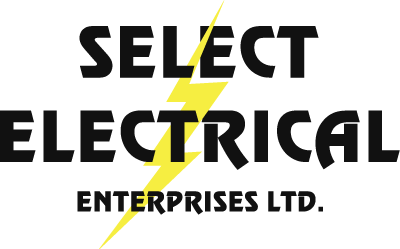Passive Harmonic Filters & Power Quality
Introduction:
In today’s power-hungry world, maintaining clean, stable electricity isn’t just a technical preference, it’s a business priority. From data centers and manufacturing plants to hospitals and office buildings, poor power quality can lead to equipment malfunctions, unexpected downtime, and rising energy costs. One of the most common reasons for this is Harmonic Distortion.
What is Harmonic Distortion?
Harmonic distortion occurs when electrical signals deviate from their ideal waveform, specifically when the current or voltage waveform becomes distorted due to the presence of harmonics. In a perfect world, AC power has a smooth sine waveform, but in real systems that sine wave gets “polluted” by additional waveforms at higher frequencies. These higher-frequency waveforms are called harmonics. Harmonics are voltage or current components at frequencies that are integer multiples of the fundamental frequency. When these harmonics mix into the power signal, the waveform becomes distorted and therefore is no longer a pure sine wave.
Harmonic distortion is mainly caused by on-linear loads, electrical devices that draw current in short pulses rather than smoothly. This includes
- Variable frequency drives (VFDs)
- Computers and servers
- LED lighting
- UPS systems
- Battery chargers

What is Power Quality?
Power quality refers to the reliability and cleanliness of the electrical power flowing through your system. It’s about having voltage and current that remain within ideal ranges, free of disturbances such as harmonics. When power quality is poor, everything from lighting systems to sensitive electronics can behave unpredictably or fail outright. Over time, this translates into higher maintenance costs, lost productivity, and even equipment damage. On the other hand, good power quality enhances operational efficiency, protects assets, and reduces unplanned downtime, making it a critical factor in both day-to-day reliability and long-term performance.
Harmonic distortion impacts power quality and can lead to:
- Overheating of transformers and motors
- Tripped circuit breakers and false alarms
- Equipment malfunction or failure
- Reduced efficiency and increased power losses
- Voltage distortion throughout the electrical system
What are Passive Harmonic Filters?
Passive harmonic filters are fixed components – typically made of inductors, capacitors, and resistors – designed to block or absorb specific harmonic frequencies. Installed at the point of disturbance, they don’t require programming or active monitoring. Instead, they quietly and reliably clean up power in the background.
The benefits of passive harmonic filters include:
- Improved Equipment Lifespan – Reduced electrical stress means motors, drives, and transformers last longer
- Increased Efficiency – Cleaner power equals lower energy losses
- System Stability – Fewer nuisance trips and voltage fluctuations
- Low Maintenance – Passive filters require no software or recalibration, just dependable, long-term performance
Power quality isn’t just a technical buzzword, it’s a vital part of running a cost-efficient, high-performing facility. Passive harmonic filters are one of the simplest, most effective ways to improve power quality, reduce risk, and ensure your electrical systems are built to last.
Are you unsure about the level of harmonics in your system?
Select Electrical Enterprises Ltd offers passive harmonic filters, tailored solutions, and professional power quality assessments to help you pinpoint issues and act before they become costly problems. If you are ready to reduce downtime, protect your equipment, and optimize your energy use, we encourage you to reach out to us by giving us a call (780-968-8859) or by filling out our online contact form. Our team of experts will work with you to ensure the best option for your operations.
